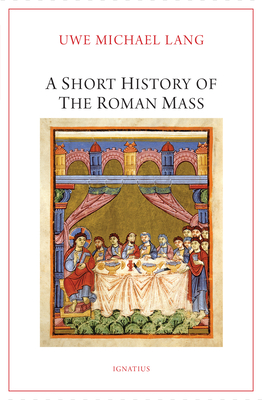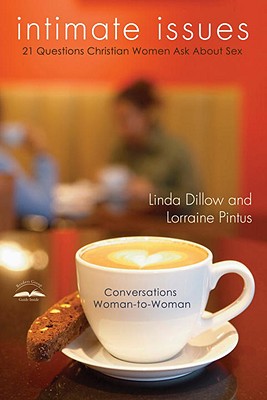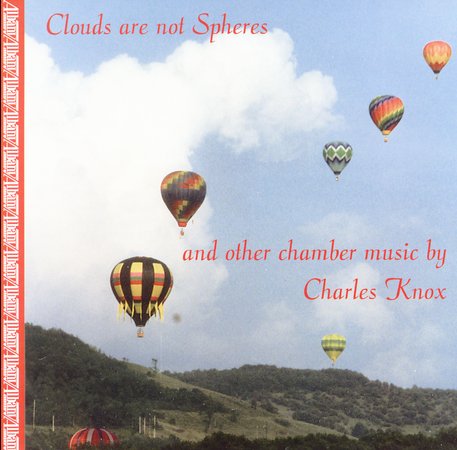
This book is a short introduction to the development of the Roman Rite of Mass, the most widely used of the Church's liturgical rites, from its origins in early Christianity until the present day. Over the centuries, the form of Mass most Catholics are familiar with has been shaped by the Apostolic See of Rome in contact and exchange with other local churches. Understanding this rich and complex history will help not only the clergy in their sacramental ministry, but all the faithful in participating consciously and fruitfully in the liturgy of the Church.
In the wake of the liturgical reforms initiated by Pope Pius XII in the mid-20th century, fully embraced by the Second Vatican Council, and implemented in the postconciliar period, there has been an intense and often controversial debate on continuity and rupture in liturgical development. Amid this debate, the long and complex history of the Roman liturgy is not always sufficiently acknowledged.
The refinement of the Roman Mass, as this book shows, has been marked both by continuity and by change. From its formative period in late antiquity, the ritual shape of the Roman Mass was affected by religious, social, cultural, political, and economic transformations. But changes are to be expected over such a long period of time and the wide geographical area where this rite has been used. It is the essential continuity that stands out.
This work challenges the conventional narrative that the liturgy of the Western church moved from early dynamic development through medieval decline to early modern stagnation and was only revived in the wake of the Second Vatican Council - a narrative that still has considerable traction both in academic publications and among the wider public.







